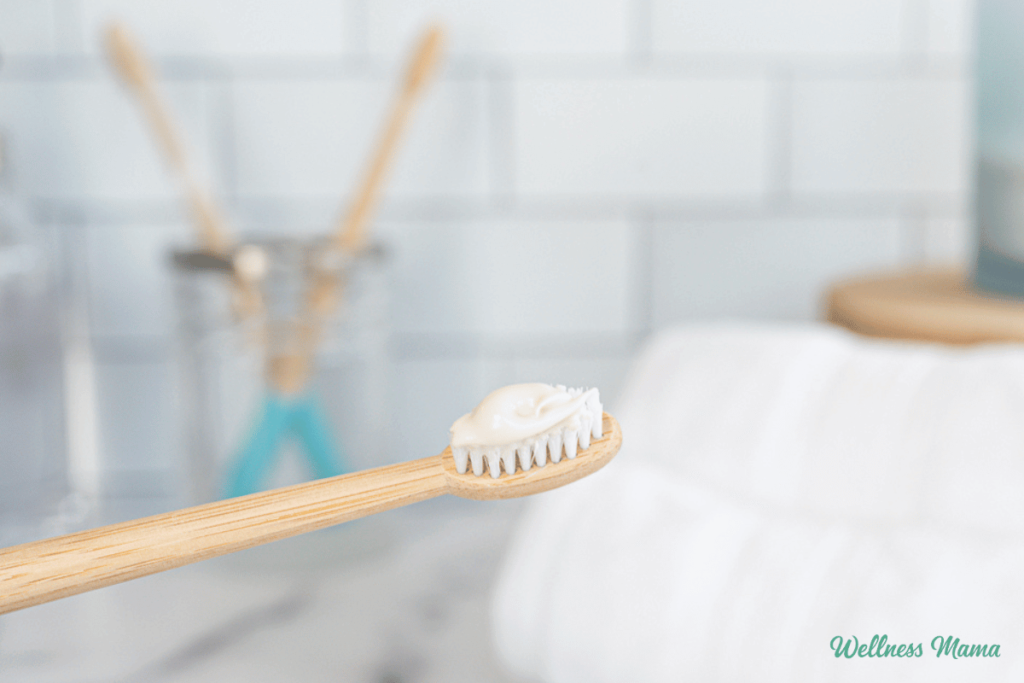Since this video was recorded, annual invasive cervical cancer diagnoses declined slightly. The American Cancer Society projected that about 13,960 new cases would be diagnosed in 2023.
Between 2005 and 2019, the percentage of people who were behind on their cervical cancer screenings grew from about 14 percent to 23 percent, according to a study published in the Journal of the American Medical Association. And lack of knowledge was the number one reason people gave for not getting screened.
So, if you have a cervix, I want to make sure you have the information you need to protect yourself.
About 14,000 cases of cervical cancer are diagnosed every year in the U.S., and more than 4,000 people die from this disease annually. But cervical cancer used to be much more deadly before the Pap test, also known as a Pap smear.
Invented by Dr. George Papanicolaou in 1928, this procedure involves collecting cells from the cervix so they can be examined under the microscope for signs of cancer and pre-cancer. When the test is done as often as recommended, this cancer can usually be caught earlier when it’s easier to treat.
Ninety percent of cervical cancers are caused by the human papillomavirus (HPV), and the development of the HPV vaccine has also made a huge difference in lowering cervical cancer rates. However, a February 2021 analysis by the Blue Cross Blue Shield Association found that HPV vaccination rates are disappointingly low.
But for now, let’s focus on the Pap test and making sure you’re up to date on this crucial preventive health measure.
How Often Should You Get a Pap Test?
If you’re between ages 21 and 29, the United States Preventive Services Task Force recommends getting a Pap test every three years. If you’re 30 or older, you can either:
- Continue getting a Pap test every three years
- Get tested for high-risk human papillomavirus (hrHPV) every five years
- Get both tests every five years
So, ask yourself these important questions: Do you remember when you had your last Pap test? Is it time to get a new one? Have you ever had one to begin with?
Barriers to Pap Screening
There are many reasons why people may put off getting a Pap test. Some people find the exam uncomfortable. Some may be embarrassed or ashamed about their own bodies. Some are terrified that they may find out that they have cancer. Language, culture, and generational differences can also come into play.
If you’re overdue for a cervical cancer screening, here is some information that might help ease your mind and encourage you to get it done.
How a Pap Test is Done
If you’ve never had a Pap test, it may be helpful for you to understand how it works.
- Your health care provider will ask you to lie down.
- They will use a tool called a speculum to gently open your vagina so they can inspect your cervix.
- They will reach in with a small brush, collect some cells from the surface of your cervix, and send that sample to a lab.
- They will remove the speculum, and then you’re all finished.
It only takes a few minutes. It’s quick and easy, and when done correctly, it should be relatively pain-free.
If that hasn’t been your experience, here is how you can help it go more smoothly next time.
Making the Test More Comfortable Physically
- Don’t get a Pap test done during your period. It’s best to schedule it about two weeks before you’re expecting your period to start.
- Wear comfortable clothing that puts you at ease.
- Ask your health care provider to warm up the speculum before your exam.
- We come in all different shapes and sizes. Make sure your health care provider uses a speculum that’s the right size and shape for you.
- If there’s discomfort when the speculum is being inserted, it may help to change your position. For example, lie on your side instead of your back, or put your hands under your rear and press down. Don’t hesitate to try different positions.
- Take a deep breath first, then exhale while the speculum is being inserted. This will relax your muscles and decrease your discomfort.
Making the Test More Comfortable Emotionally
- Unfortunately, many people may feel a little embarrassed and ashamed about their bodies. But please know that your health care provider has done this test so often, there’s literally nothing they haven’t seen before. And there is absolutely nothing to be ashamed of.
- If you’re not okay with having a male health care provider perform the test, it’s perfectly okay to insist on a female health care provider.
- Did you know that most primary care doctors (PCPs) can do a Pap test? If your PCP puts you at ease, there’s no need to see a stranger.
- Many victims of sexual assault or trauma find gynecological exams very triggering. If this applies to you, tell your health care provider in advance, so they’ll understand what you’re dealing with. Take as much time as you need, remember to breathe, and do whatever you must to feel safe — including bringing a friend or family member.
It’s important to have the right person perform your Pap test, so you feel comfortable and safe having it done. Independence Blue Cross members can use our Find a Provider tool at ibx.com/providerfinder to locate a health care provider who meets all their criteria — speaks their language, reflects their gender preference, etc.
Thank you for letting me talk to you about something this personal. Now, go schedule that appointment, okay?






